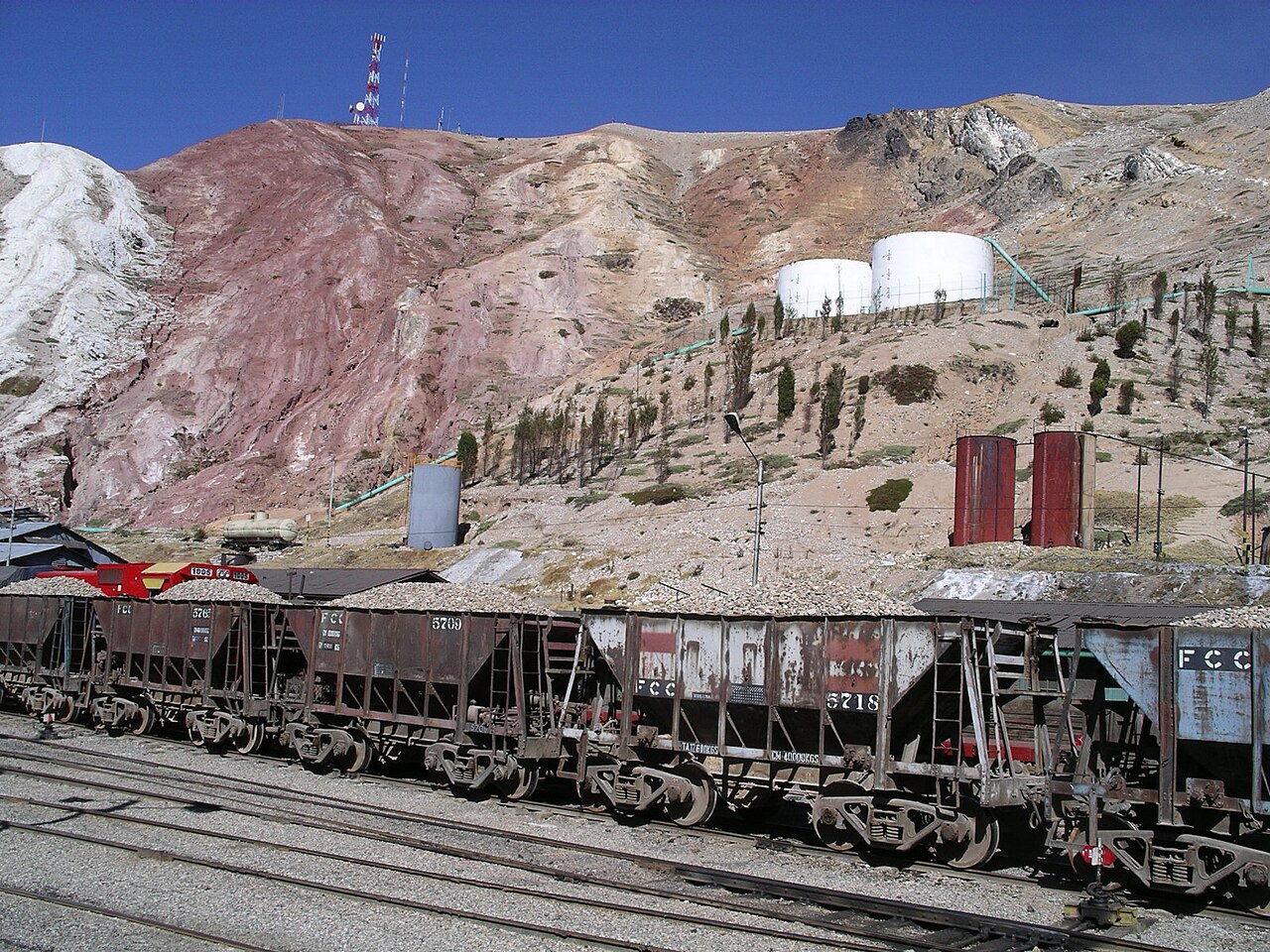The Inter-American Court of Human Rights (IACHR) conducted the notification of the judgment in the case of Residents of La Oroya v. Peru this Friday, addressing the Peruvian State’s responsibility for the damage suffered by 80 residents of La Oroya and ordered the payment of compensation to the victims for the damage incurred.
In December 2002, a group of residents of La Oroya, located in the Peruvian highlands, filed a compliance lawsuit against the Ministry of Health and the General Directorate of Environmental Health of Peru, seeking protection of their right to health and a healthy environment. The community argued that the company managing the La Oroya Metallurgical Complex (CMLO) failed to comply with environmental protection standards, leading to extremely high levels of lead and other contaminants in the blood of children and pregnant mothers in the community.
In 2006, the Peruvian Constitutional Court ordered the adoption of measures to protect the community. However, in 2020, the IACHR indicated that, more than 14 years after the court’s decision, there was no evidence that the state had taken effective measures to fully implement the Peruvian judgment.
In its judgment, the IACHR affirmed the Peruvian State’s international responsibility for violating the right to a healthy environment for the residents of La Oroya. The court noted that Peru, despite being aware that CMLO generated high levels of pollution, did not fulfill its obligations to protect the rights of the population.
Likewise, it concluded the state is responsible for the modification of the maximum permissible values of sulfur dioxide in the air in 2017, which constitutes a deliberately regressive measure that violated the obligation of progressive development regarding the right to a healthy environment in Article 26 of the American Convention on Human Rights.
The court also concluded that Peru is responsible for violating the right to health and personal integrity, dignified life, access to information, political participation, judicial guarantees and judicial protection to the detriment of the 80 victims in the case. Likewise, it found the state accountable for violating the rights of children to the detriment of 57 minors who were affected by environmental pollution and the state’s lack of attention, as well as violating the right to life to the detriment of two victims who lost their lives due to pollution.
Among the measures mandated by the court, it ordered Peru to provide, free of charge, medical, psychological and psychiatric treatment to the victims in the case, as well as ensure a specialized healthcare system for symptoms or diseases related to exposure to pollutants. Additionally, the state was instructed to compensate the victims monetarily, proportional to the degree of impact and vulnerability of each individual.
The La Oroya Case is one of the most investigated in the field of environmental pollution. In 2006, La Oroya was classified as one of the 10 most polluted cities in the world.


